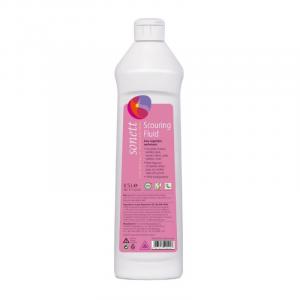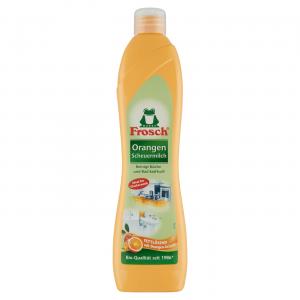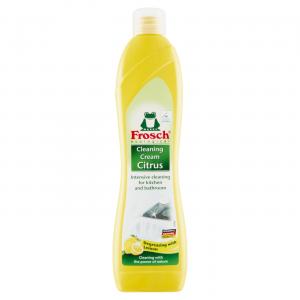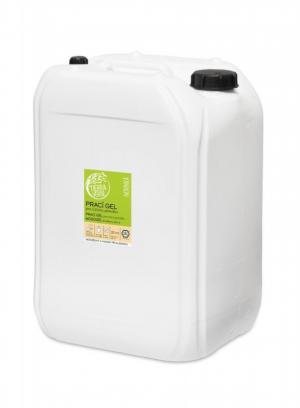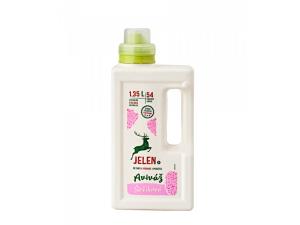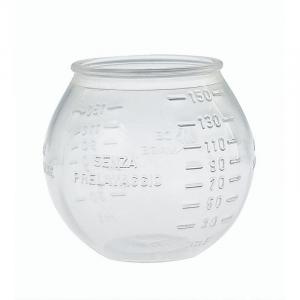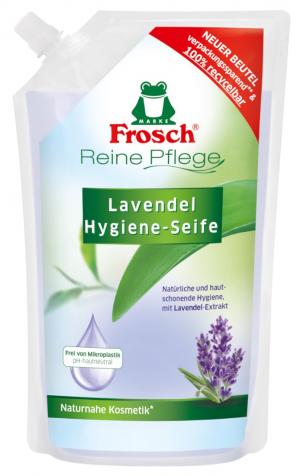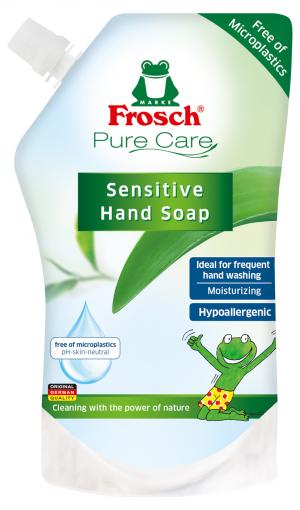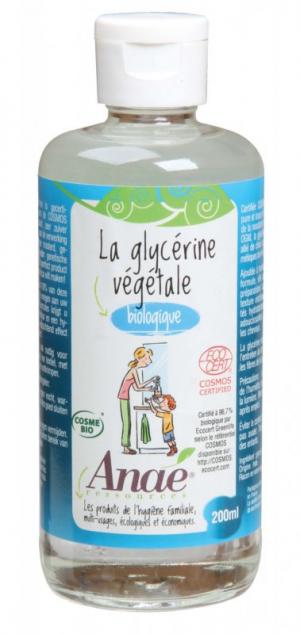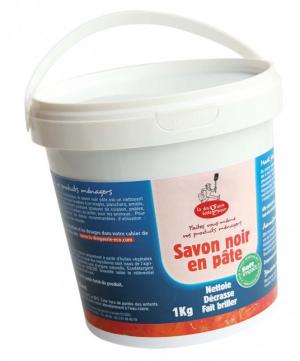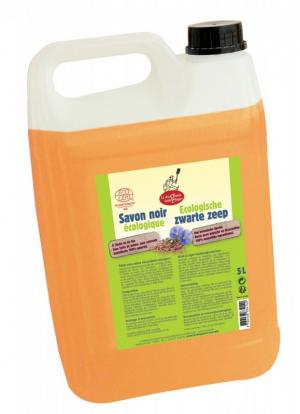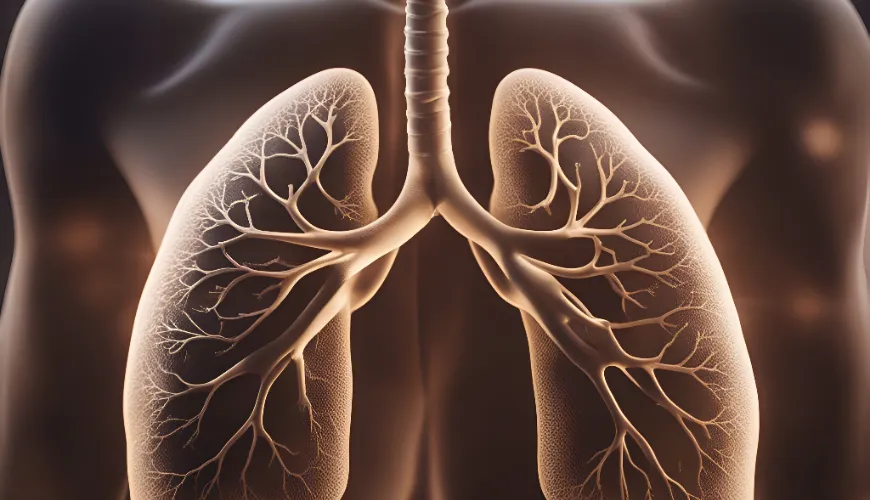
How to Prevent Mite Bites and Maintain Healthy Skin
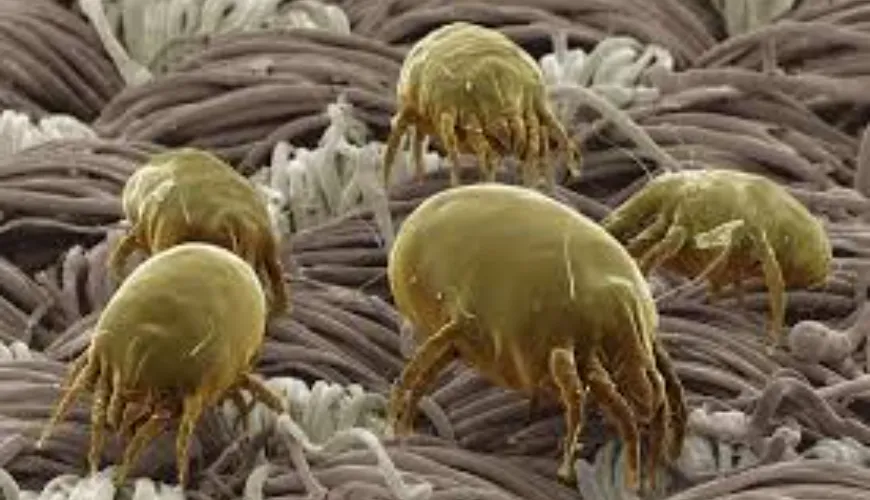
Mite Bites
Mite bites may initially seem like a minor inconvenience, but for some individuals, they can lead to significant health issues. Mites are tiny, nearly invisible parasites commonly found in our homes, feeding on dead skin and other organic materials. Even though mites might not seem like a direct threat, their bites can lead to a range of unpleasant symptoms and, in some cases, more serious health problems. This article delves into this topic in detail—from recognizing symptoms, through preventive measures, to what to do if you are indeed bitten by a mite.
What Are Mites and Where Can We Encounter Them?
Mites are tiny arthropods belonging to the class Arachnida. These parasites are most commonly found in households, especially in bedrooms and other areas with warmth and high humidity. They are invisible to the naked eye and usually measure less than 0.5 millimeters. They feed on dead human skin cells and other organic material, making them frequent residents of our beds, pillows, duvets, and carpets.
The highest concentrations of mites are typically found in bedrooms, as these provide ideal living conditions for them. Mattresses, pillows, and blankets are often full of mites, which find plenty of food and an ideal environment for reproduction. To a lesser extent, they may also be found in upholstered furniture, curtains, or plush toys.
Try our natural products
How to Recognize a Mite Bite?
Mite bites can be difficult to identify because their symptoms are often subtle and easily mistaken for other skin issues. The bites most commonly manifest as small red bumps, which may be accompanied by itching. Itching is often the first symptom people notice, and it can be so intense that it prompts scratching. However, scratching poses a risk of infection, which can worsen the condition.
Mite bites usually occur on areas where the skin is more delicate, such as the wrists, neck, ankles, waist area, or face. In more sensitive individuals, allergic reactions may occur, presenting as more extensive redness, swelling, and in some cases, blisters. These symptoms can be very unpleasant and may require medical attention.
Mite Bites and Allergic Reactions
Allergic reactions to mite bites are not uncommon. Some individuals may experience stronger reactions, which can include not only skin symptoms but also respiratory issues, such as coughing, runny nose, or in severe cases, even asthma attacks. People allergic to mites often suffer from year-round worsening of allergy symptoms since these pests are present all year round, unlike pollen allergies which occur only during certain seasons.
If you suspect you have a mite allergy, it may be advisable to undergo an allergy test to confirm whether your issues are indeed caused by the presence of mites. An allergist may recommend specific treatment methods, including the use of antihistamines, initiation of immunotherapy, or the implementation of special measures in the home to reduce the number of mites in the environment.
Try our natural products
How to Prevent Mite Bites?
Prevention is key to minimizing the risk of mite bites. Although mites cannot be completely eradicated, there are effective ways to reduce their numbers to a minimum. Here are some of the most important preventive measures:
-
Regular Washing of Bed Linen: Washing bed linen at a temperature of at least 60°C is crucial for killing mites and their eggs. Regular washing, ideally once a week, can significantly reduce the number of mites in your bed.
-
Frequent Vacuuming and Cleaning: Regular vacuuming of mattresses, carpets, and upholstered furniture helps remove not only dust but also mites. When cleaning, it is advisable to use vacuum cleaners with HEPA filters, which can capture even the smallest particles.
-
Use of Hypoallergenic Materials: Hypoallergenic mattresses, pillows, and duvets are designed to minimize the accumulation of dust and mites. Special mattress and pillow covers that are impermeable to mites can also help reduce their presence.
-
Maintaining Proper Humidity: Mites thrive in humid environments. Keeping household humidity at a low level, ideally below 50%, can significantly reduce their numbers. Using dehumidifiers in rooms with high humidity is therefore a suitable preventive measure.
-
Minimizing Textiles in the Home: The fewer carpets, curtains, and upholstered furniture you have in the home, the fewer places there are for mites to settle. If you have an allergy sufferer in the household, consider replacing carpets with wooden flooring and using curtains that can be easily washed.
Try our natural products
What to Do if a Mite Bites You?
If you have been bitten by a mite, it is important to take immediate action to prevent complications. The first step is to thoroughly wash the affected area with soap and water, which will help remove mite residues and reduce the risk of infection. After washing, you can apply a cooling gel or an antihistamine ointment to relieve itching and inflammation.
Try our natural products
In the case of a stronger allergic reaction, such as extensive redness, swelling, or blisters, it is important to seek medical attention. A doctor may prescribe stronger antihistamines, corticosteroid ointments, or other medications to help alleviate symptoms and prevent further complications.

